Welcome to my RV Renovation Series! In the previous step I installed a Fantastic Fan roof vent . Now I need to apply Dicor Lap Sealant to all the roof trim pieces and to the remaining roof fixtures.
WARNING: This is really just a rough draft of the post, a collection of photos (possibly with captions). I’ll be on the road for a few months and won’t have time to complete these posts until after, but for those of you who’ve written and want to see the rest of the project, hopefully this is better than nothing. Thanks for your patience until then!
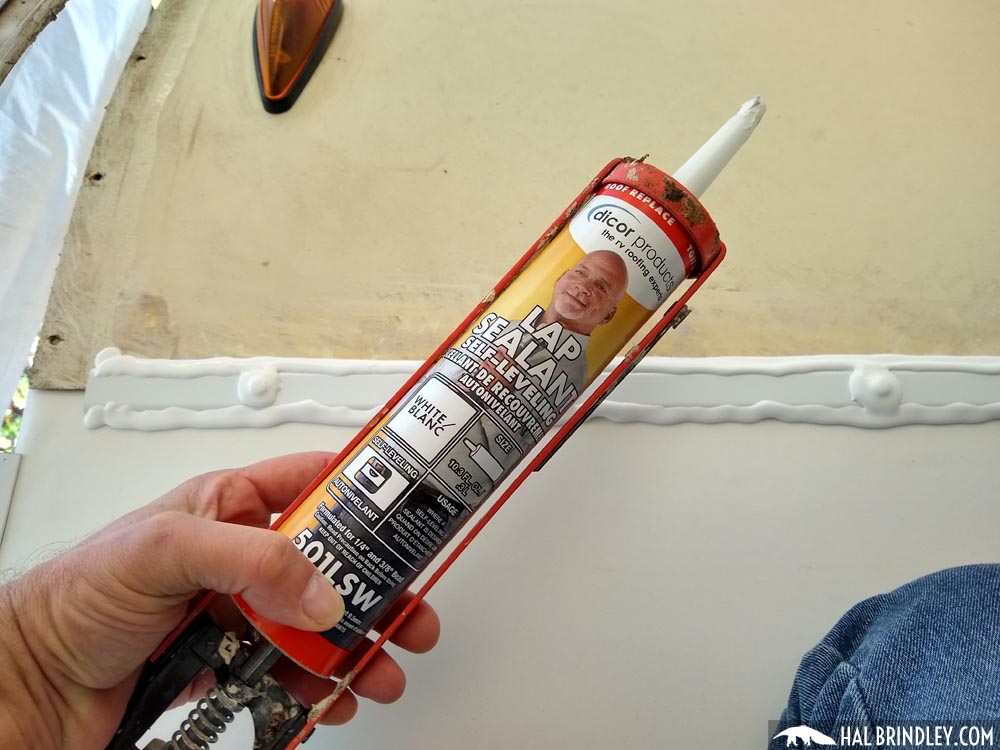

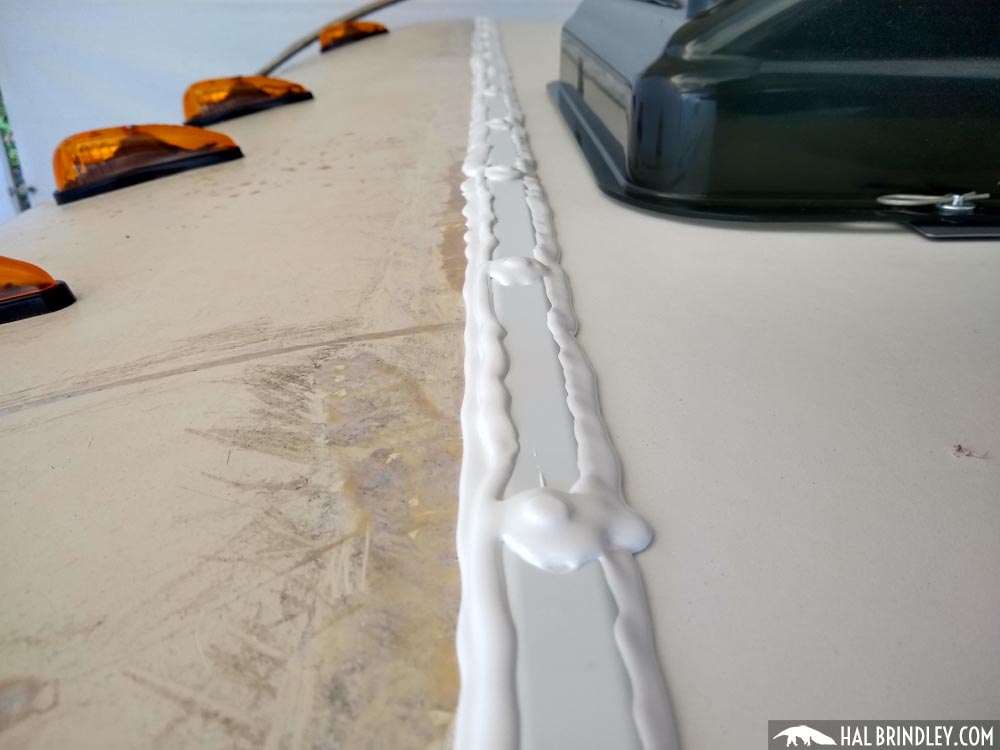
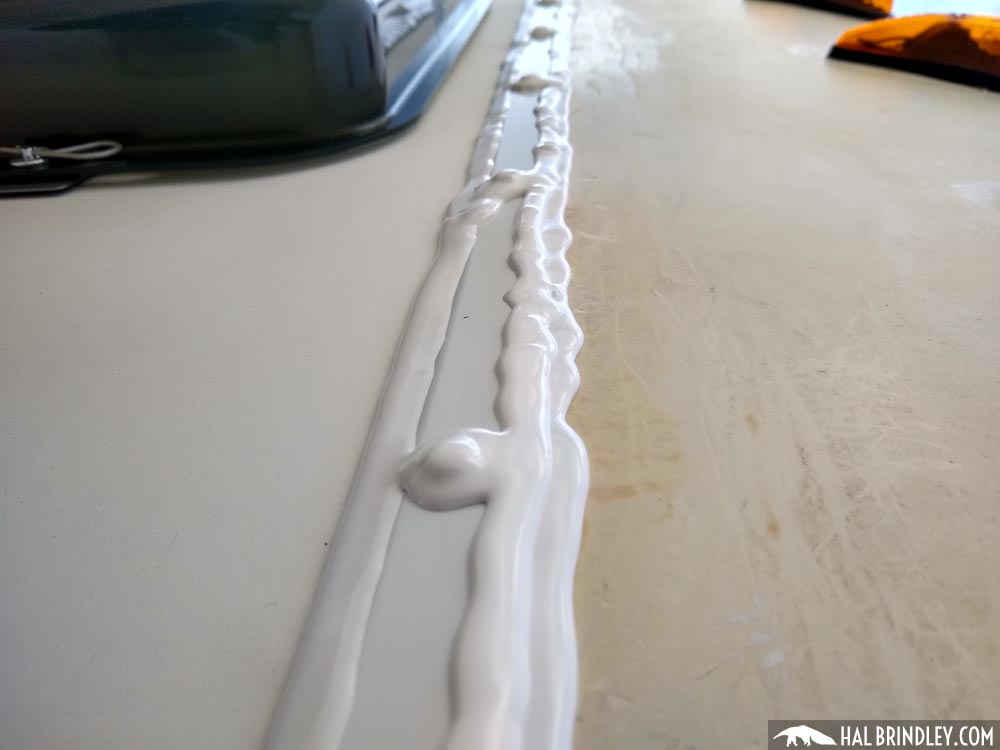
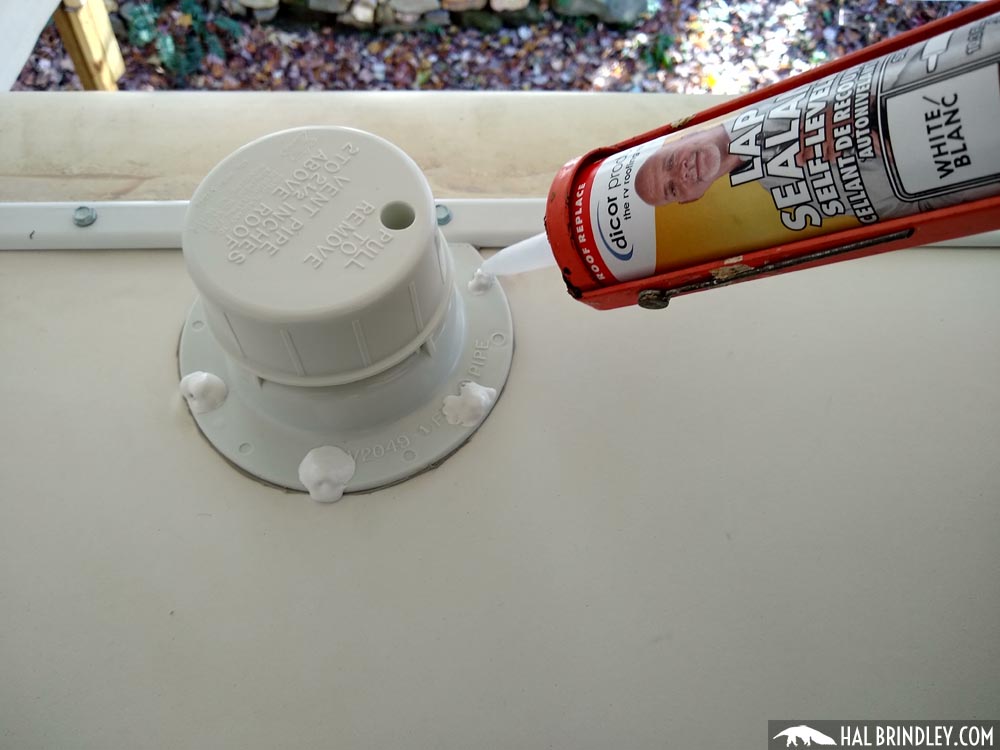
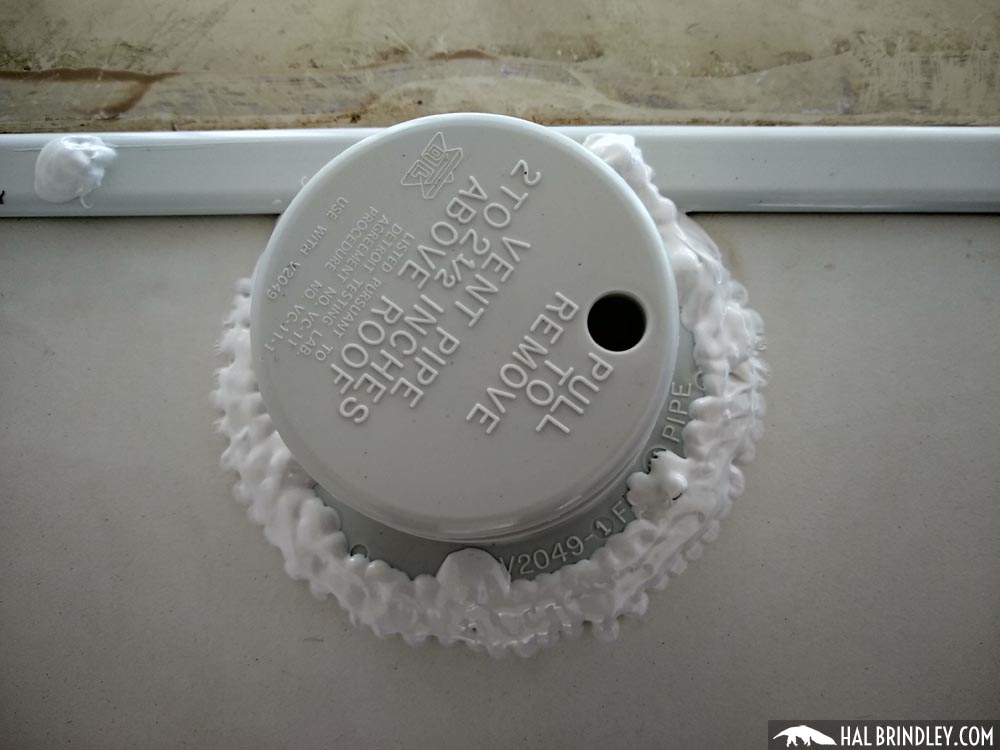
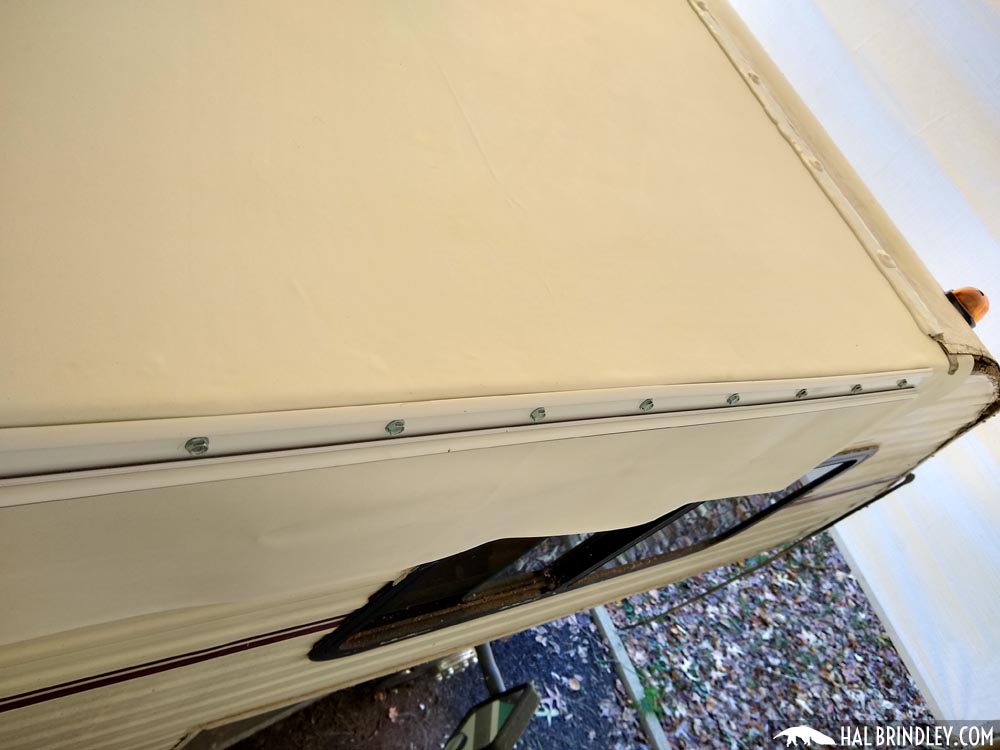


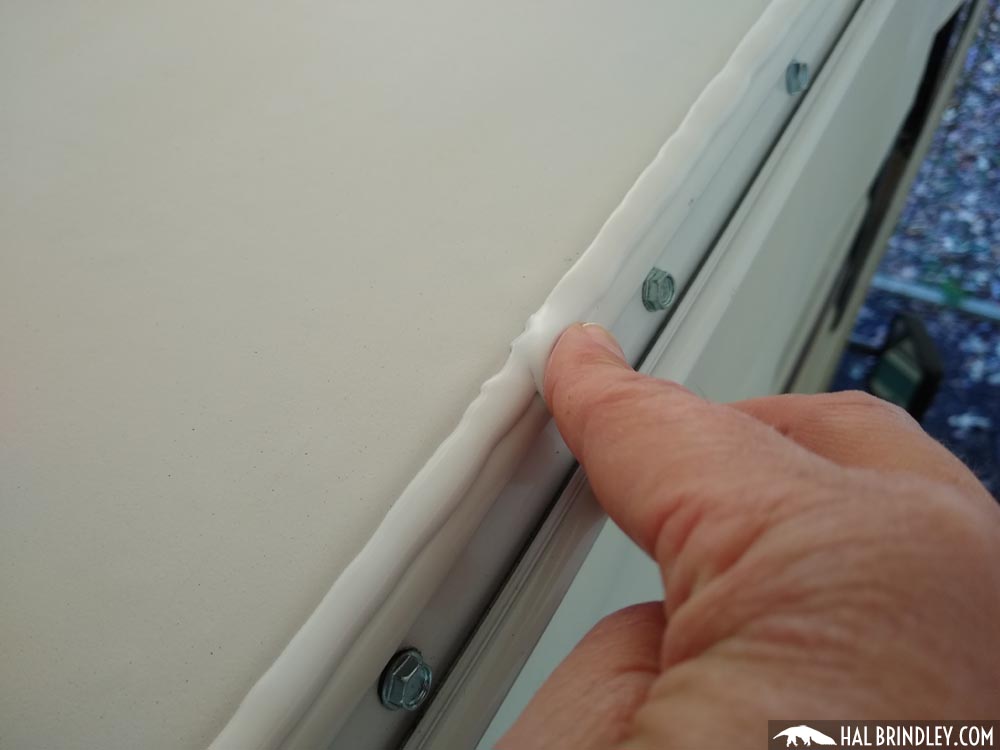
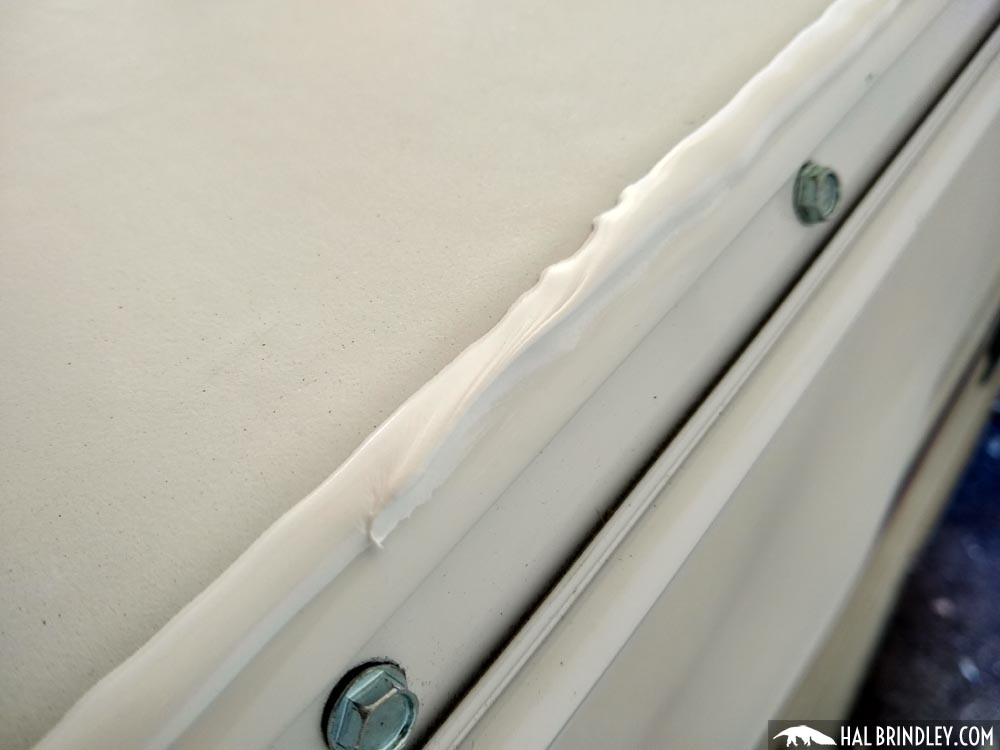


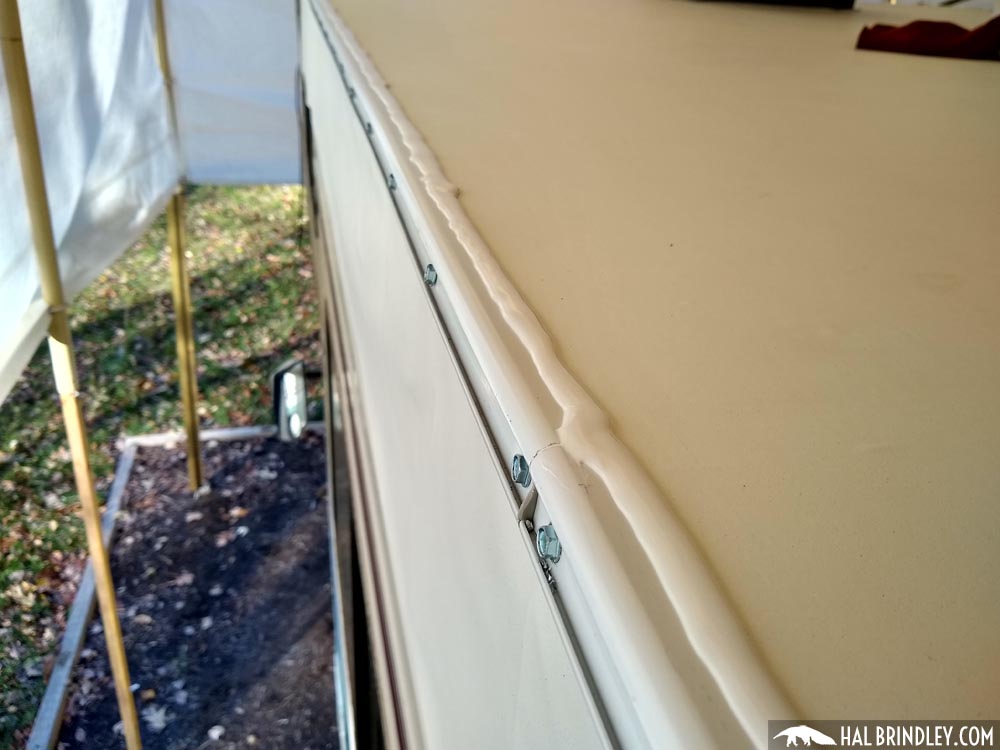
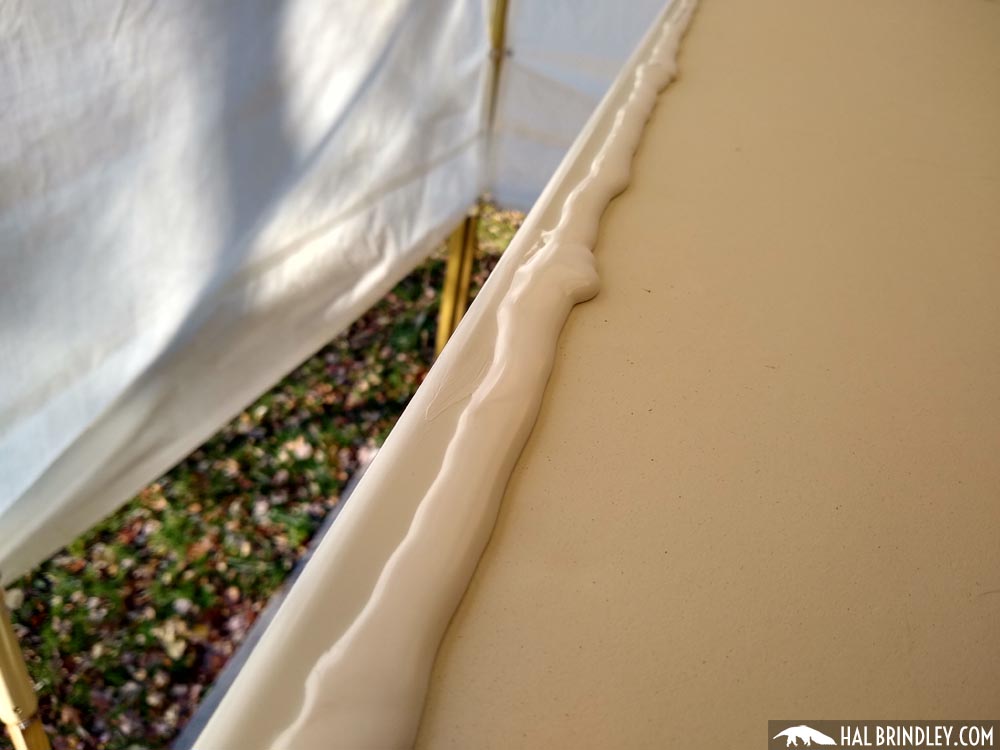
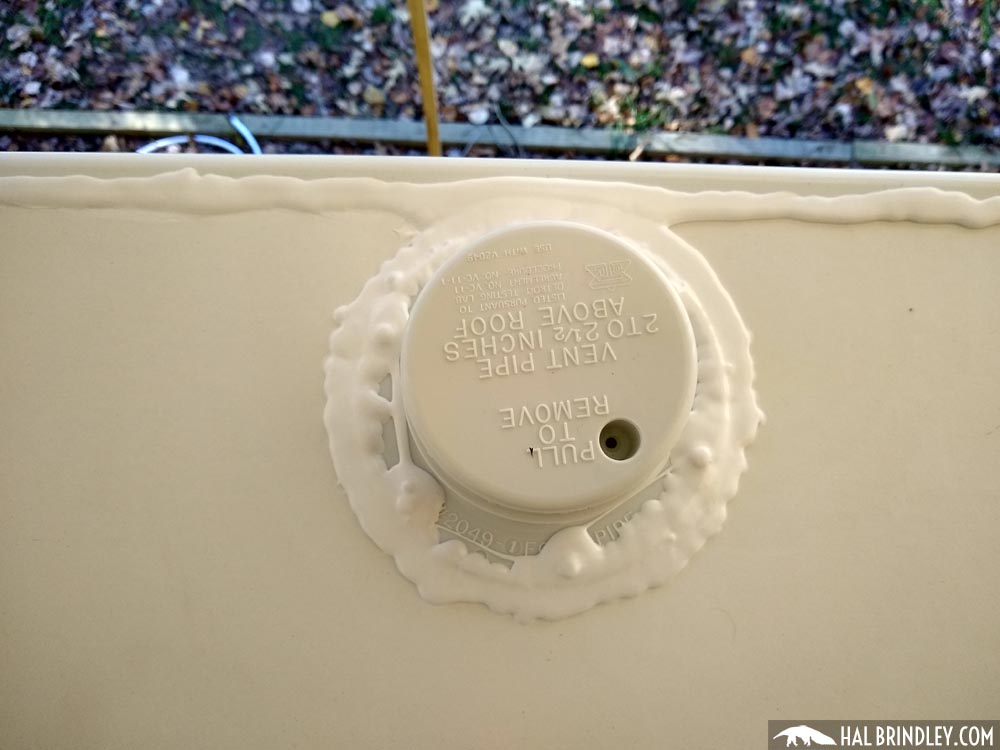
Next I need to reattach all the curved trim on the transitions.